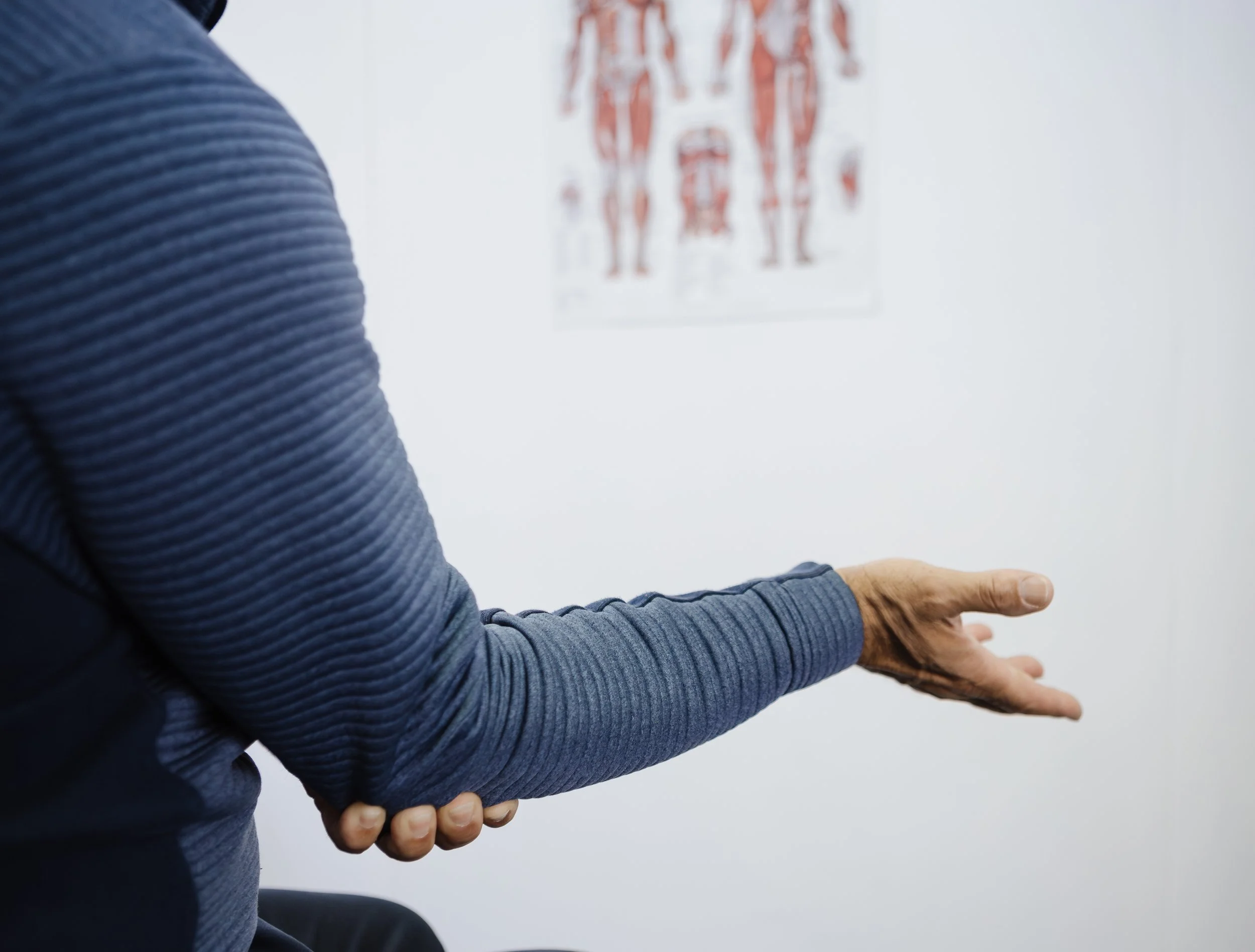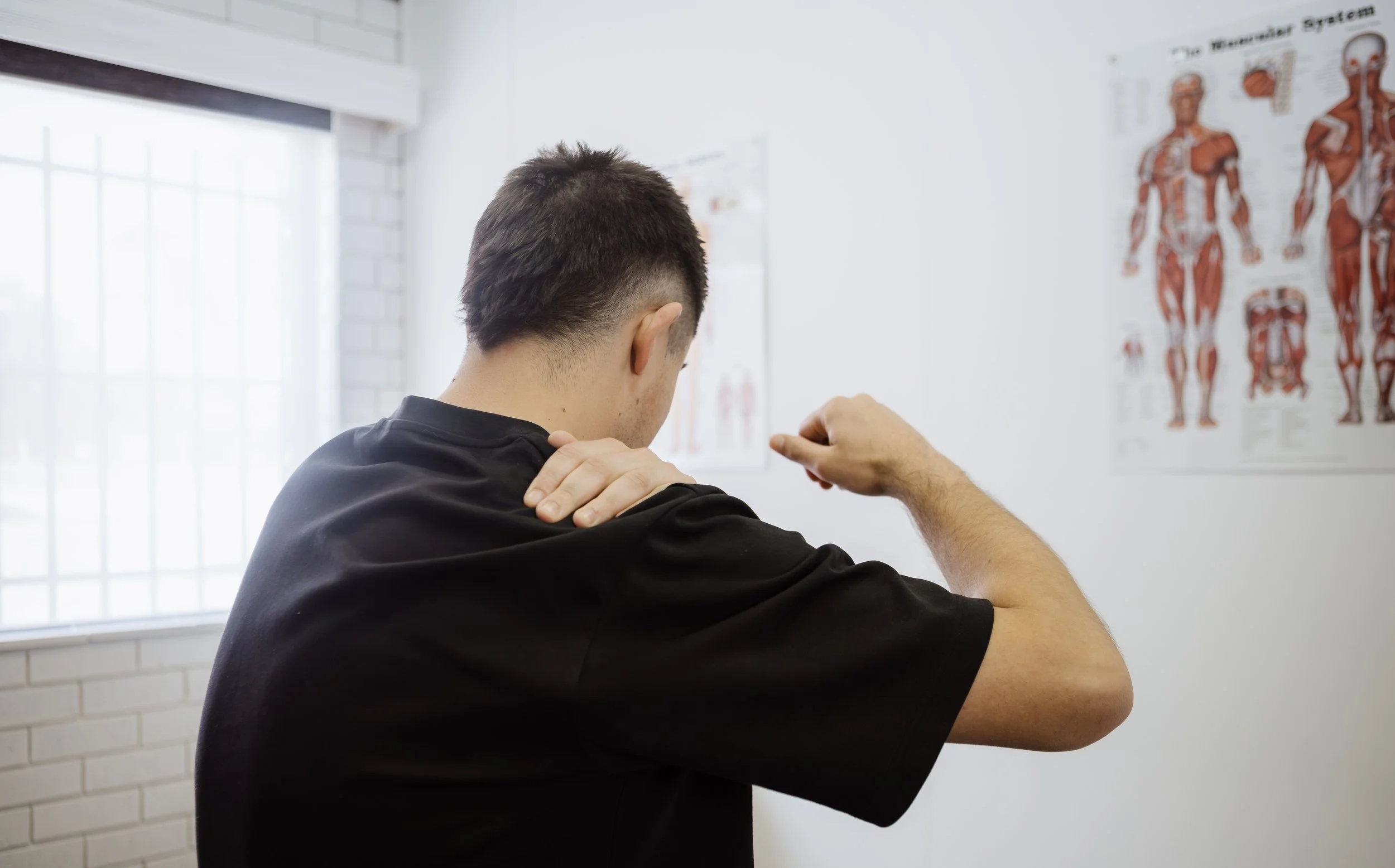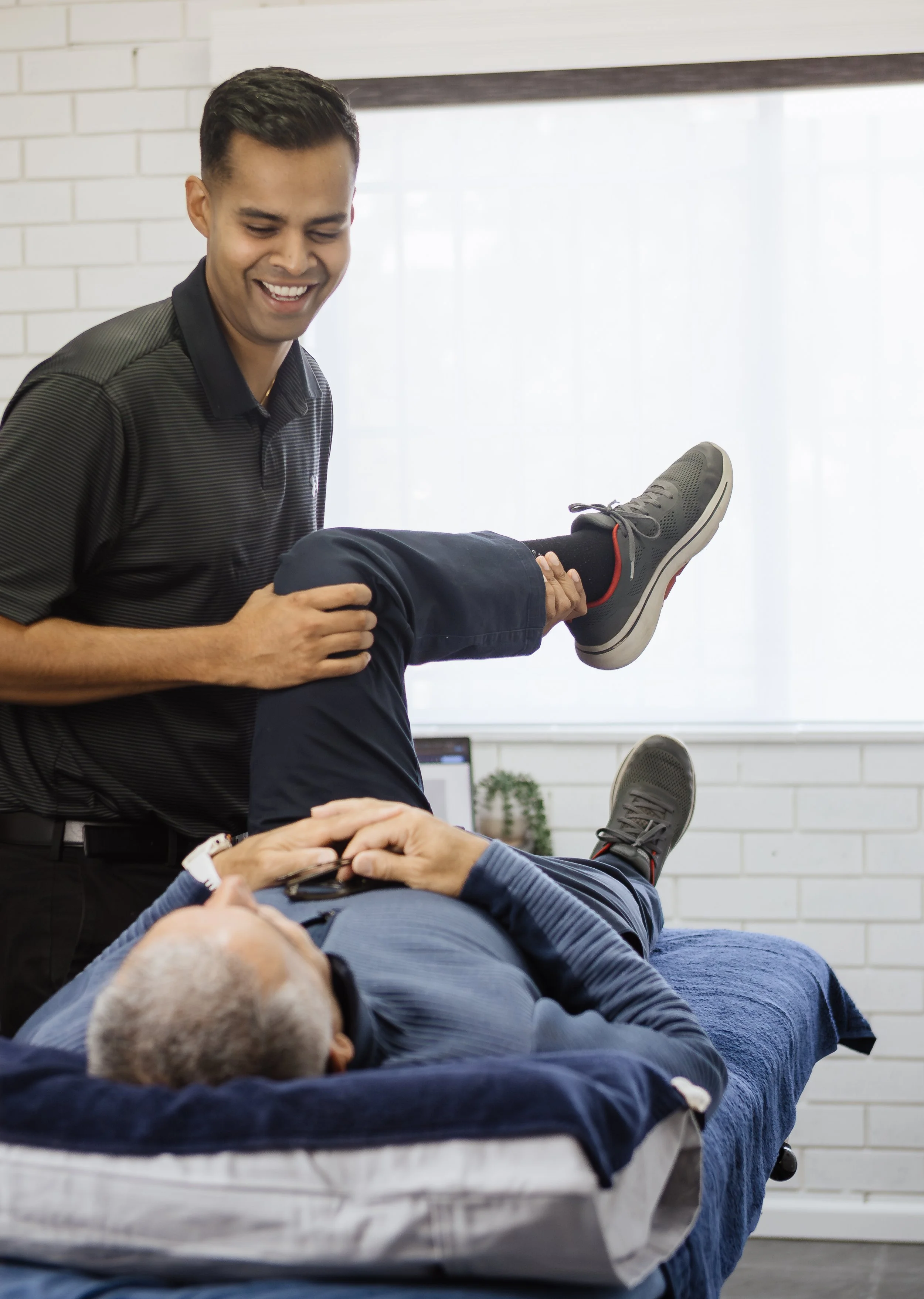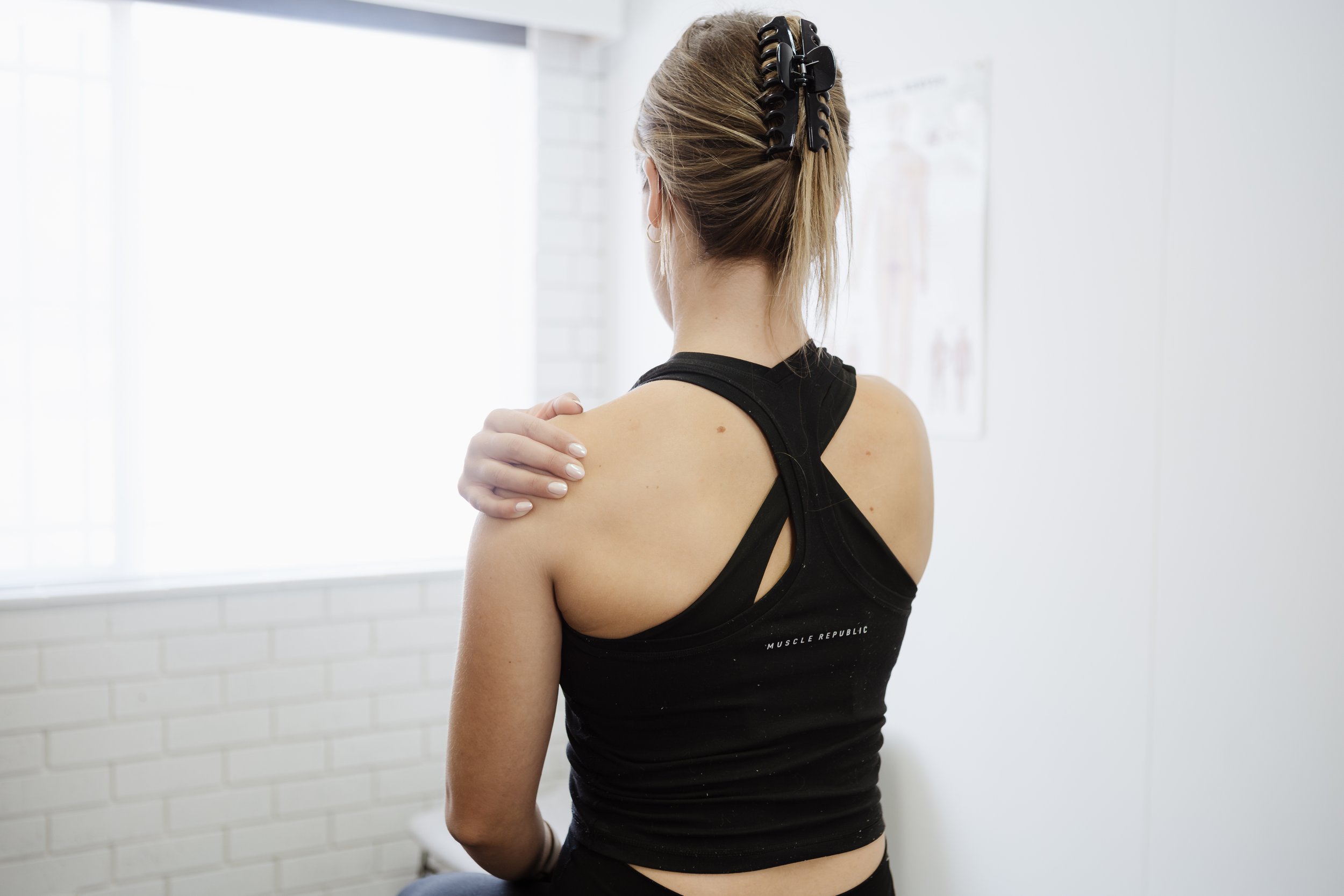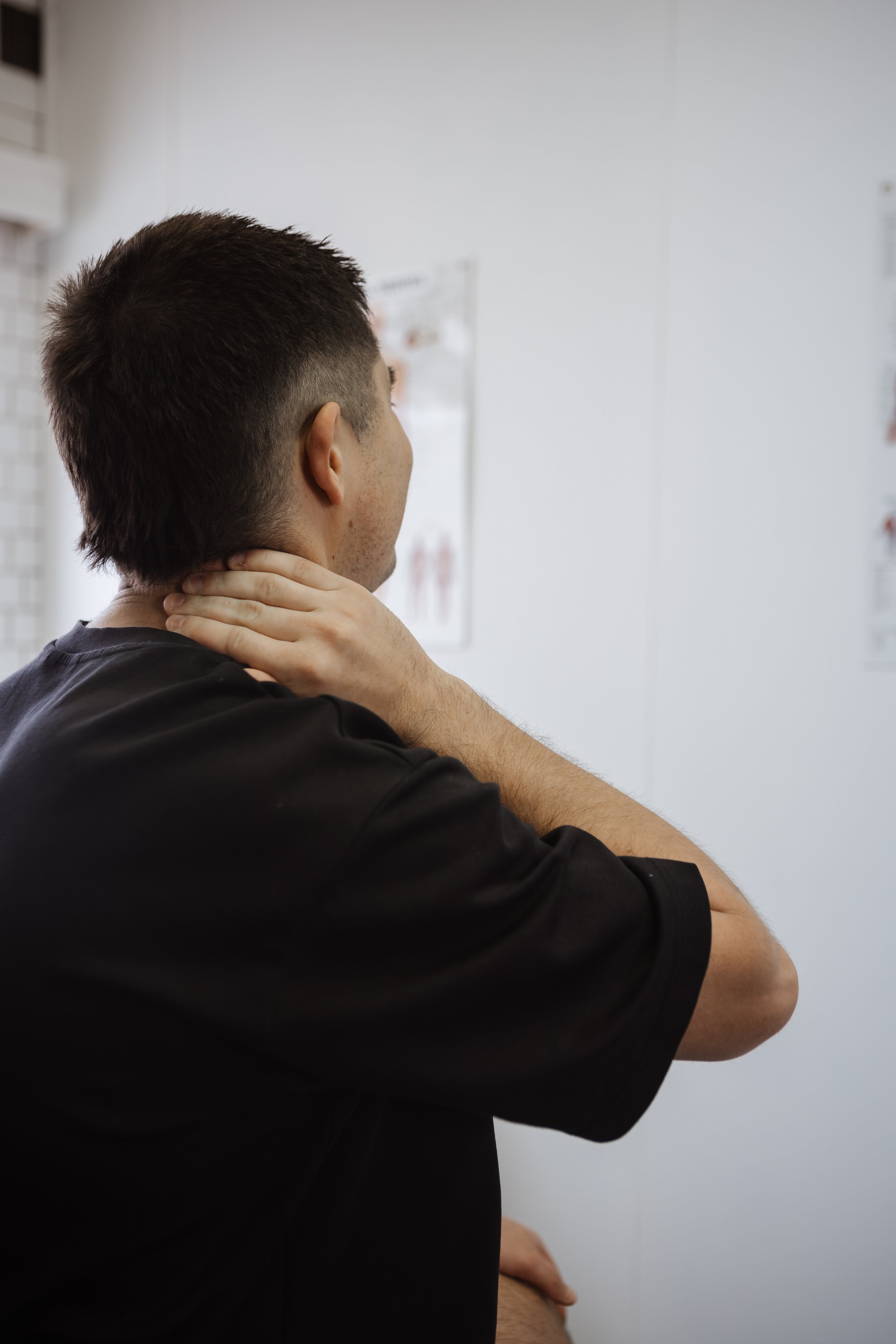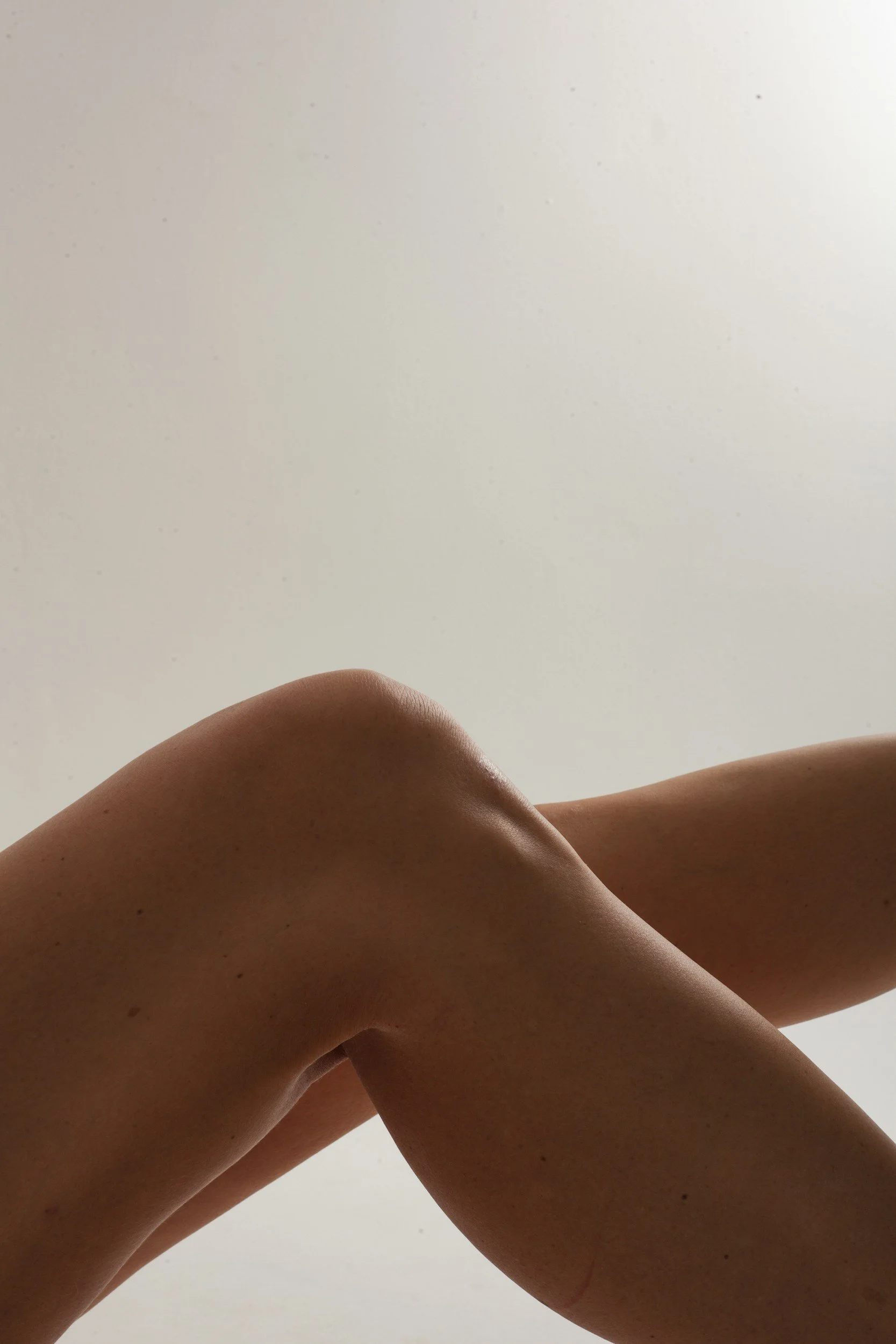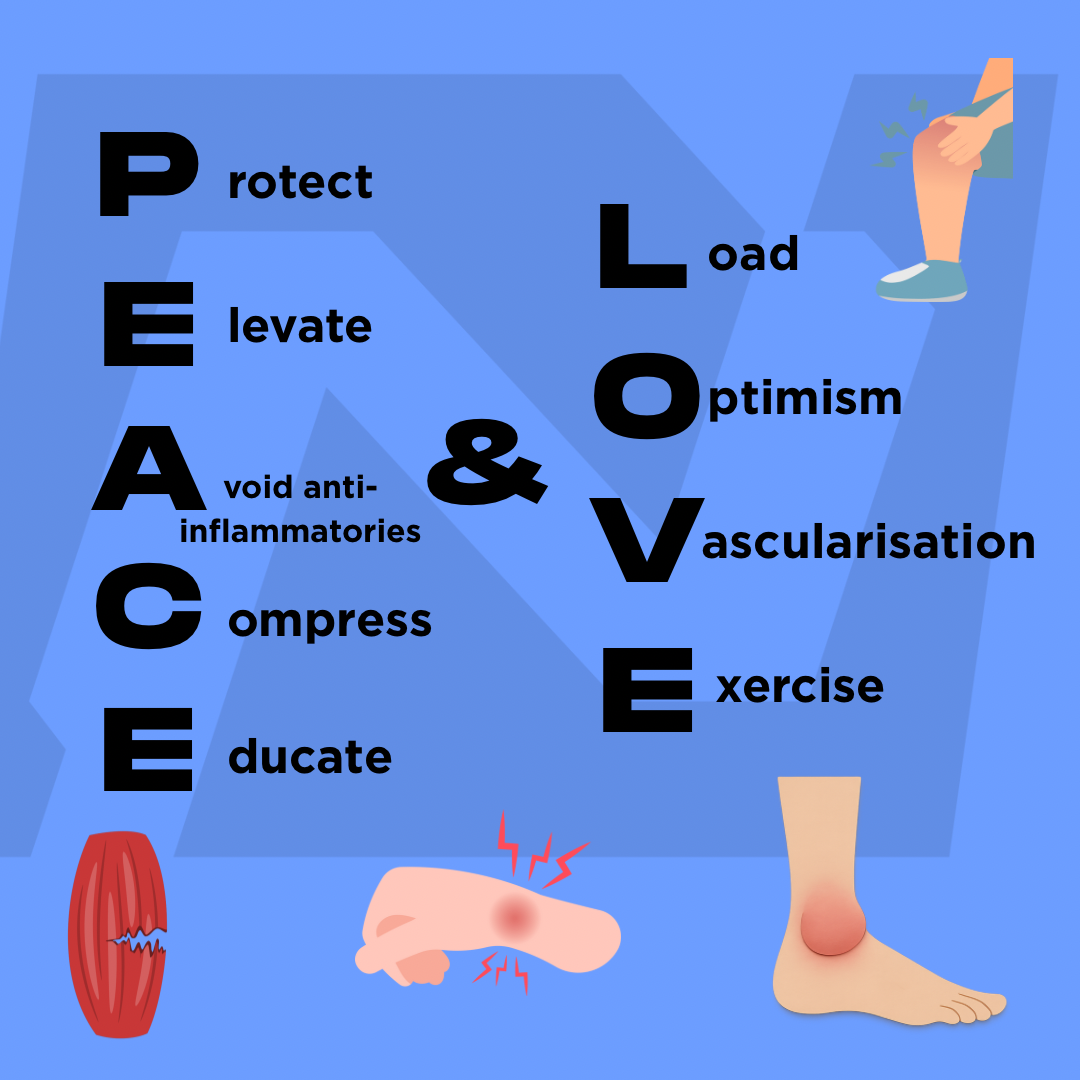Headaches: Find the cause, not just the cure.
If you’ve ever had a headache, you’re not alone. In fact, you’re in the majority. Headaches are one of the most common nervous system disorders worldwide, with a vast number of Australians experiencing them regularly. While reaching for pain relief can be a temporary solution, it often doesn't address the underlying cause of the pain.
At our clinic, we see many patients who feel frustrated that their headaches keep returning. Osteopathy takes a different approach. We are trained to look at your body as a whole, searching for the primary drivers of your pain, which often stem from the musculoskeletal system.
Understanding the type of headache you have is the first step toward effective management. While there are many classifications, the most common types we see in practice are:
Tension-Type Headaches (TTH): The most common form, often described as a constant, dull ache or pressure around the forehead or back of the head and neck which can feel like a band. They are frequently related to muscle tension, stress, poor posture, or fatigue.
Cervicogenic Headaches: These are headaches that are referred from a problem in the neck (cervical spine). The pain often originates from the joints, muscles, or nerves in the upper neck and is felt in the head, typically on one side.
Migraines: These are a complex neurological condition often involving severe, throbbing pain, usually on one side of the head, and can be accompanied by nausea, vomiting, and sensitivity to light and sound. While osteopathy cannot cure migraines, it can help manage contributing musculoskeletal factors that may lower the threshold for an attack.
It's important to get a proper diagnosis from a health professional to rule out other causes.
Key Facts About Headaches:
Global Prevalence: According to the World Health Organisation (WHO), it is estimated that 50% of the world’s adult population has experienced a headache at least once within the last year.
A Leading Cause of Disability: Migraine alone is the second leading cause of disability worldwide (after low back pain) for people under 50, highlighting its massive impact on work, life and well-being.
The Cost of Pain: Headaches and migraines have a significant economic impact due to healthcare costs and lost productivity, estimated to cost the Australian economy billions of dollars annually.
Not “Just Stress”: While stress is a common trigger, headaches are a genuine neurological and/or musculoskeletal issue and are recognised as a legitimate health condition.
Some Common Causes of Headaches:
Headaches have many causes, often categorised as follows:
1. Musculoskeletal (A key focus of osteopathy):
Muscle tension in the neck, shoulders, and jaw.
Joint stiffness in the upper neck (a cause of cervicogenic headaches).
Poor posture and "tech neck" from prolonged sitting and screen use.
Previous injuries like whiplash.
2. Lifestyle Triggers:
Dehydration and skipped meals.
Stress and anxiety.
Sleep disturbances (too much or too little).
Dietary triggers like caffeine, alcohol, or processed foods.
3. Primary Headache Disorders:
Migraine: A neurological condition often with nausea and light sensitivity.
Tension-Type Headache: The most common type, featuring a band-like pressure around the head.
4. Underlying Health Issues (require medical attention):
Sinus infections, illness, or high blood pressure.
Medication-overuse headache from frequent painkiller use.
In rare cases, more serious conditions.
An osteopath can help identify musculoskeletal causes and lifestyle contributors to your headaches, providing targeted treatment and advice.
How Can Osteopathy Help with Headaches?
Osteopathic treatment is patient-centred and holistic. We don’t just treat the site of the pain; we investigate why it’s happening.
An osteopath is trained to differentiate between these types of causes. Through a detailed case history and physical examination, we aim to identify:
Musculoskeletal contributors like joint restrictions and muscle tension.
Lifestyle factors that may be acting as triggers.
Signs that indicate the need for referral to another healthcare professional, such as your GP or a neurologist, for further investigation.
By identifying the specific drivers of your headaches, we can develop a targeted, effective treatment plan that addresses the root cause, not just the symptom.
Evidence and Efficacy
A growing body of research supports manual therapy for certain types of headaches. A 2020 systematic review found that spinal manipulation was effective for reducing pain intensity and frequency in individuals with cervicogenic headaches (1). Furthermore, a 2019 review concluded that manual therapy techniques are beneficial for patients with tension-type headaches (2).
It is important to note that while evidence is promising, results can vary. We base our treatments on the best available evidence, clinical expertise, and your personal goals.
When to Seek Immediate Medical Attention
While most headaches are benign, some can signal a more serious condition. Please seek urgent medical attention if your headache:
Is sudden, severe, and unlike any you've had before ("thunderclap headache").
Is accompanied by a high fever, stiff neck, confusion, seizures, double vision, or weakness/numbness.
Follows a head injury.
Worsens significantly over days or hours.
Take the Next Step Towards a Headache-Free Life
Living with recurrent headaches can be debilitating. If you’re tired of simply masking the pain, osteopathy offers a drug-free, holistic path to understanding and addressing the root cause.
Click here to schedule an appointment at Nudge Osteopathy. Let’s work together to help you find lasting relief.
References
1. Page, P. (2020). Cervicogenic Headaches: An Evidence-Led Approach to Clinical Management. International Journal of Sports Physical Therapy, 16(1), 141–154.
2. Lozano López, C., Mesa Jiménez, J., de la Hoz Aizpurúa, J. L., Pareja Grande, J., & Fernández de Las Peñas, C. (2019). Efficacy of manual therapy in the treatment of tension-type headache. A systematic review from 2000-2013. Neurología (English Edition), 34(1), 50–58.
Disclaimer: This blog post provides general information only and is not intended as a substitute for professional health advice. Always consult a registered health practitioner, such as your GP or osteopath, for diagnosis and treatment of health conditions. The references provided are for informational purposes.



